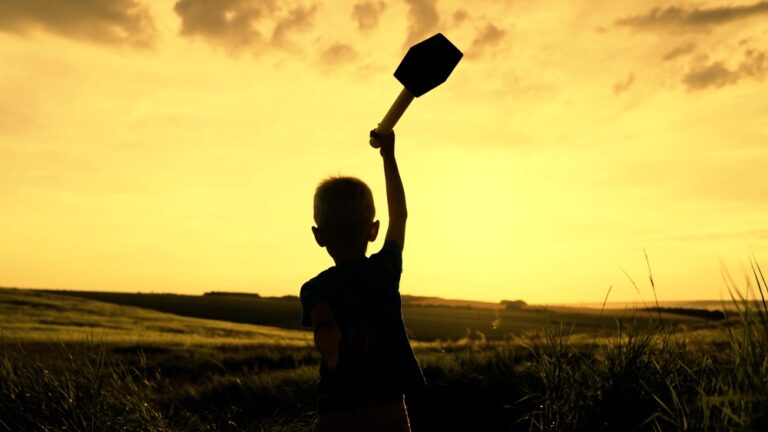by Krystal McKenzie
It’s challenging enough to prepare for a hurricane as an adult. Imagine having to prepare a child with special needs to weather the storm.
So how do parents explain events like these to a child with special needs? The Royal Gazette spoke to the government’s Child Development Programme Team to ask for advice on how to make this potentially scary time easier to manage. Keep in mind that these tips can be utilized by all parents.
Firstly, adults need to be well prepared for the coming storm. You will need to have enough supplies such as water, food, medications, batteries and flashlights. Do not forget to have diapers or baby formula.
The house also needs to be safe. The safer you feel as a parent, the safer your child will feel. Remember that your child is connected to your emotions. If you feel safe and act calm, it will reassure your child, so pay attention to your facial expressions and voice tone. If you have fears or concerns, talk to family and friends away from the children. Be cautious about talking on the phone near your child.
It helps greatly to explain the preparation. For example, you need to move away the trampoline because it was unsafe to be under the tree.
Make sure your child knows the emergency pick-up plan from school.
Prepare an emergency box with your child’s favourite snacks and toys in case you need to leave the house.
Minimize TV, media coverage and social media images and videos about the storm because it can increase anxiety and fear.
Keep the routine as normal as possible to help your child know what’s next, for instance, meal and bedtimes.
If your child has a fear of darkness, be sure that they have a flashlight near the bed (in case of power failure) or a nightlight in their bedroom. If your child has a sensitivity to loud noises, during the storms they can listen to calm music. Be sure you have a battery-operated device that can provide this soothing feature.
Try to distract your children from the storm by having fun and by playing with them. The whole family can listen to music and dance, have fun and forget about the storm for a few moments. Be sure to have access to toys and games because you will need to keep children busy with indoor activities.
The entire family can sleep together in the room least exposed to the winds. One fun idea is to make a tent in the room with blankets and have an indoor campout!
Your child may be more impatient, irritable or demanding during this period and it is normal. As a parent you need to be more responsive to what your child is experiencing. You can show this by reflecting their feelings: I know that you are scared, big storms can be scary. Your child may need extra hugs and kisses. Your baby may need to be in your arms more often.
Parents, you’ll need to adapt to your child’s sensory issues. Again, if they have a hypersensitivity to noise, soundproof headphones can be helpful as can listening to calm music. If their anxiety is increasing, deep pressure or tactile objects (e.g., chewy tool, tangle and a fidget ball) can be soothing. You can prepare a toolbox with calming strategies and objects. Trust your instincts as parents normally know what works best with their children.
It is also important to explain what may happen and what to expect. Talk about the rain, the wind, a tropical storm. It becomes less scary when we know what is coming. Social stories, books or videos may help you to do that. Explain that a power failure may happen and what it means. For example, you can explain that the lights, the TV and the internet may not work.
In case of a power failure, you can put visual signs on the things that are not working (e.g., the fridge, the TV) as a reminder for your child.
Finally, explain that you may need to evacuate, what the process will be and where will you go.
Remember, you’re a family, and you can get through this together!
For more information, you can contact the Child Development Programme at 478-3333 or through Facebook and Instagram.

